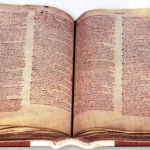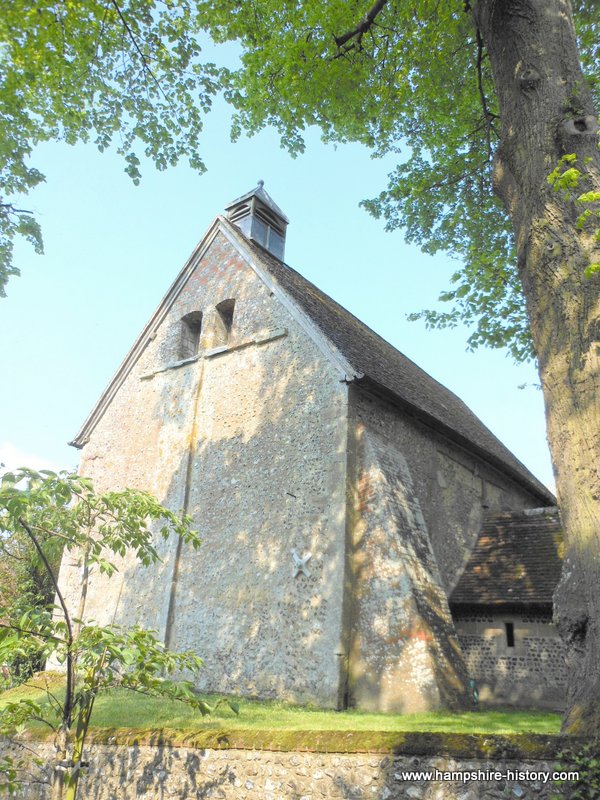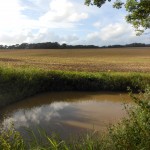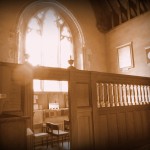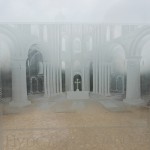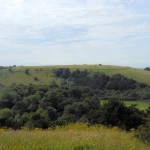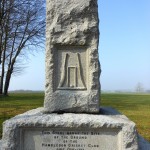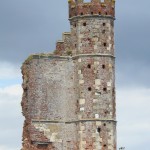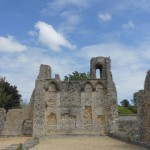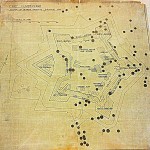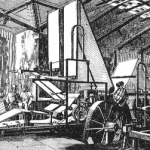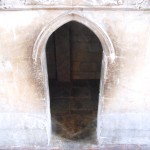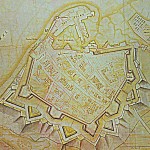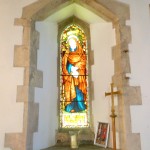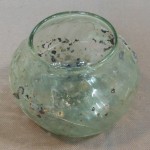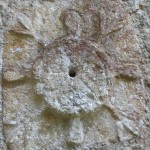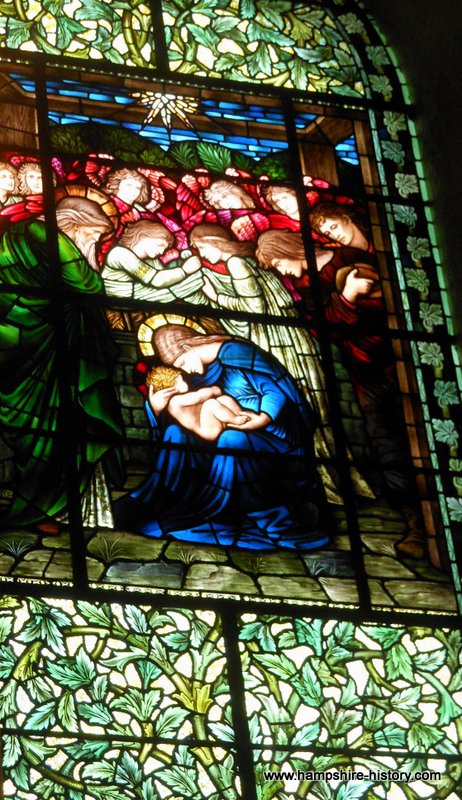Architecture and Artefacts
Old Minster Winchester
The Old Minster Winchester was one of the most important religious houses and places of pilgrimage in the late Anglo Saxon period. It was the initial resting place of King Alfred the Great and the place where King Canute and Edward the Confessor were crowned.
Read MoreHampshire Domesday
The history of C11th Hampshire is contained within Domesday, which gives a rich picture of life in the county nearly a thousand years ago
Read MoreThe Round Table Winchester
The Round Table hanging in the Great Hall at Winchester Castle still manages to inspire mystery, even after hanging on it’s walls for over five hundred years.
Read MoreSaxon Corhampton Church
When considering Anglo Saxon Hampshire, the little church at Corhampton has to be the jewel in the crown, with Saxon features springing from its feet upwards.
Read MoreKing Sigebert – The Usurper
Sigebert ruled for one year, as King of Wessex, before losing his position on account of ‘wrong doings’. The importance to Hampshire history of this event is that its record in the Anglo Saxon Chronicle is the first time Hampshire is recorded as a separate entity.
Read MoreSir Adam de Gurdon
Sir Adam de Gurdon, one time knight and land owner in Hampshire became a notorious highwayman after losing his estates because of his support for Simon de Montfort in the Second Barons War
Read MoreHyde Abbey
The final burial place of King Alfred the Great, Hyde Abbey in Winchester is as simple as Alfred’s life was great. Little is left of the once great Abbey and its buildings now quietly nestling in a residential area
Read MoreOld Winchester Hill
Old Winchester Hill is one of Hampshire’s most ancient historical sites, situated on a chalk ridge spur
Read MoreHambledon Cricket
The Hambledon Cricket Club, the inspiration for English cricket.
Read MoreWarblington Castle
Although little is left of Warblington Castle, on the southern coast of Hampshire, it was home to several notable families whose role in the history of England, was of extreme importance.
Read MoreDipnol Dipnall Dipnell Family Name of Hampshire
Dipnalls from whence do they hail? Where does the name originate from and does it have place and family history significance that is relevant and prevalent in Hampshire, here is a quick introduction, find out how to find more information and how we are looking to find out names that are local and significant in Hampshire Family History, as far back as we can trace…
Read MoreWolvesey Palace 1130 – 1140
Henry de Blois, probably the most outstanding bishop England ever had, built for himself one of the most outstanding palaces in England, Wolvesey Palace in Winchester.
Read MoreFort Cumberland Bombed 1940
Fort Cumberland has stood sentinel at the entrance to Langstone Harbour for 150 years but in 1940 it was heavily bombed. A fascinating map showing the exact location of the dropped bombs shows the extent of the German attack on this fortification.
Read MoreHenry Portal 1690 – 1747 Paper Maker
Henry de Portal, Huguenot turned entrepreneur, supplier of paper to the bank of England
Read MoreShrine of St Swithun
The shrine of St Swithun was one of the major pilgrimage sites in Medieval England
Read MoreDesmaretz Map Portsmouth 1744
Demaretz was an engineer and map maker who spent most of his career fortifying the south east coast of England
Read MoreVincent van Gogh in Owslebury
The connection between Vincent Van Gogh and Oswelbury Hampshire
Read MoreThe Shaftsbury Bowl
The Shaftsbury Bowl, the only complete piece of late Saxon glass in England, can be found in Winchester Cathedral museum
Read MoreSaxon Sundials
Possibly the best preserved Saxon Tide Dial in England, the Corhampton dial shows the eight ‘tides’ of the day
Read MoreEdward Burne-Jones and Winchester Cathedral
The Pre Raphelite artist Edward Burne-Jones designed four beautiful windows for Winchester Cathedral, showing the life of the Virgin Mary
Read More

